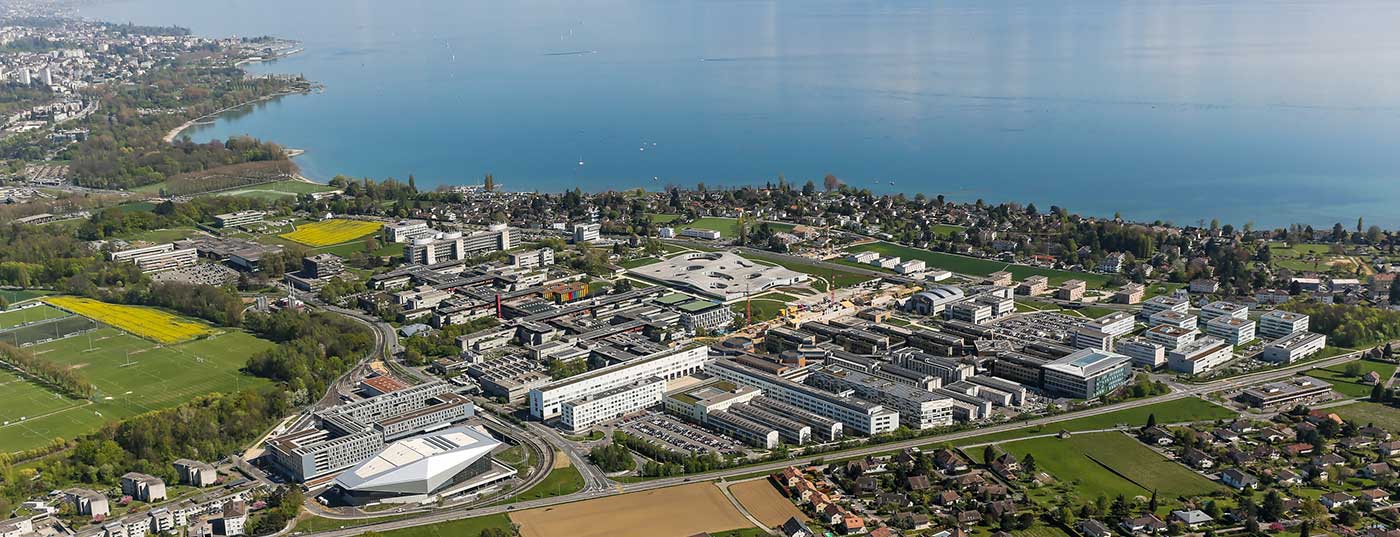Efforts to understand the pathogenesis of psoriasis and atopic dermatitis have paid off, with numerous innovative, pathogenesis-based therapies currently in the pipeline or already available. Experts spoke about new developments at the SGDV’s anniversary annual meeting. The activation of T cells plays a central role in both psoriasis and atopic dermatitis.
The activation of T cells plays a central role in both psoriasis and atopic dermatitis. Plaque psoriasis focuses on interleukin (IL)-23-dependent T helper (TH)17 cells, while atopic dermatitis focuses on activated TH2 and TH22 cells.
First representative of a new class of biologics
As the first selective IL-23 inhibitor, the monoclonal antibody guselkumab (Tremfya®) received Swissmedic approval and, on Aug. 1, 2018, also health insurance approval for the treatment of plaque psoriasis. Unlike the IL-12/IL-23 blocker ustekinumab (Stelara®), which is a monoclonal antibody directed against p40 (subunit of both interleukins), guselkumab is directed against the p19 subunit specific for IL-23. Prof. Dr. med. Curdin Conrad, Senior Physician Dermatology, University Hospital Lausanne (CHUV) explained why specific IL-23 blockade is a particularly successful therapy option due to the pathogenesis of plaque psoriasis. IL-23 and IL-17 are the key cytokines in plaque psoriasis. Conventional dendritic cells activated by TNF-α produce IL-23 in the skin of psoriasis patients, which provides for the differentiation of autoimmune T cells into TH17 cells and for their expansion and survival. IL-17 released by TH17 cells causes psoriasis plaque with epidermal hyperproliferation, neutrophil recruitment, and antimicrobial peptide formation.
IL-23 blockade and Crohn’s disease
While ustekinumab is also indicated for the treatment of Crohn’s disease , surprisingly, IL-17 blockade does not achieve improvement in Crohn’s disease and may even cause exacerbations. To explain this paradoxical effect, it was hypothesized that there are two different types of TH17 cells, pathogenic on the one hand and non-pathogenic on the other. Pathogenic TH17 cells are dependent on IL-23, whereas nonpathogenic, immunoregulatory TH17 cells are not. Both cell types are responsible for repairing intestinal barrier function and controlling bacterial and fungal growth, but only pathogenic TH17 cells trigger tissue inflammation. IL-23 blockade affects only pathogenic TH17 cells, decreasing inflammation. IL-17 blockade, on the other hand, also impedes barrier function repair, which can lead to exacerbation of Crohn’s disease. Studies are currently underway for the treatment of inflammatory bowel disease with guselkumab.
Guselkumab superior to adalimumab
The onset of action of guselkumab is rapid, the clinical efficacy is very good and sustained, and the safety profile is favorable, the speaker said. The dosage is 100 mg subcutaneously (one injection each at weeks 0 and 4 for induction, then a maintenance dose every 8 weeks) and does not need to be adjusted for body weight. Swissmedic approved guselkumab for moderate to severe plaque psoriasis as a first-line biologic (in case of inadequate response to conventional systemic therapies or PUVA). Three Phase 3 randomized, controlled, double-blind studies have led to approval. The speaker reported on the results of guselkumab therapy during two years in the VOYAGE-1 trial. In this three-arm study, patients were randomized to guselkumab or placebo (switch to guselkumab from week 16) or adalimumab (switch to guselkumab from week 52) [1]. After one year of treatment, a PASI75 response was detectable in 92.5% of patients with guselkumab and in 72.4% with adalimumab (PASI100 responses in 50.5% and 24.0%, respectively). After a total of 100 weeks, there was a PASI75 response in approximately 95% and a PASI100 response in approximately 50% in all three groups [1].
Pathogenetically based treatments for atopic dermatitis.
Contributing to the complex pathogenesis of atopic dermatitis are skin barrier disorders, immunologic mechanisms, environmental triggers such as allergens, and alterations in the skin microbiome. Innovative, pathogenetics-based treatments are currently being researched in large numbers. An overview of new developments was given by Prof. Dr. Amy Paller, Northwestern University Feinberg School of Medicine, Chicago, USA. Even before atopic dermatitis begins, a skin barrier disorder is present. Early repair of the skin barrier by emollients has a favorable effect on the risk of disease. In a randomized controlled trial, daily whole-body care with emollients, beginning in the first three weeks of life, reduced the high risk of disease for atopic dermatitis by 50% in 64 newborns after six months compared with the control group without emollients (cumulative incidence of disease 22% versus 43%) [2]. The effectiveness of this simple and inexpensive prevention option has yet to be confirmed in larger studies, the speaker said.
Successful blockade of the IL-4 and IL-13 pathway.
Antigens penetrating through the defective skin barrier encounter dendritic cells in the epidermis and dermis, resulting in immune activation. Mainly TH2 and TH22 cells are activated. The TH2 cytokines IL-4, IL-5, IL-13, and IL-31 crank up IgE synthesis and trigger atopic inflammatory responses and itching. Numerous biologics and small-molecule agents that target immune activation signaling pathways are currently in the pipeline. The IL-4/IL-13 blocker dupilumab, which is already approved in the USA and EU and is injected subcutaneously every two weeks, binds on immune cells to the subunit that is identical in both interleukin receptors. The effects are dramatic in adults with moderate to severe atopic dermatitis, she said. In adolescents between the ages of 12 and 17 years, very good results had also been achieved in a randomized, placebo-controlled phase 3 study. Selective IL-13 blockers (e.g., tralokinumab, lebrikizumab) are also currently being developed.
Oral and topical JAK inhibitors.
JAK-STAT (Janus kinase – Signal Transducer and Activator of Transcription) forms an intracellular signaling pathway that ensures that cytokines such as IL-4, IL-13, IL-31 docked at their receptors produce pathophysiological effects. STAT phosphorylated by activated JAKs enters the nucleus and triggers transcription of genes. Currently, JAK inhibitors are being tested for both topical application (e.g., ruxolitinib, delgocitinib) and oral administration (e.g., baricitinib, upadacitinib) as treatments for atopic dermatitis. Initial results indicate high efficacy without severe side effects. The speaker pointed out that oral, molecularly targeted drugs are particularly attractive for pediatric practice.
Source: lecture by Curdin Conrad at Janssen-Cilag Company Symposium I (8/30/2018) and Key Lecture 1 by Amy Paller (8/31/2018), 100. Annual Meeting of the SGDV, Lausanne.
Literature:
- Griffiths CEM et al: Long-term efficacy of guselkumab for the treatment of moderate to severe psoriasis: results from the phase 3 VOYAGE 1 trial throuh two years. J Drugs Dermatol 2018; 17: 826-832.
- Simpson EL et al: Emollient enhancement of the skin barrier from birth offers effective atopic dermatitis prevention. J Allergy Clin Immunol 2014; 134: 818-823.
DERMATOLOGIE PRAXIS 2018; 28(5): 33-34











